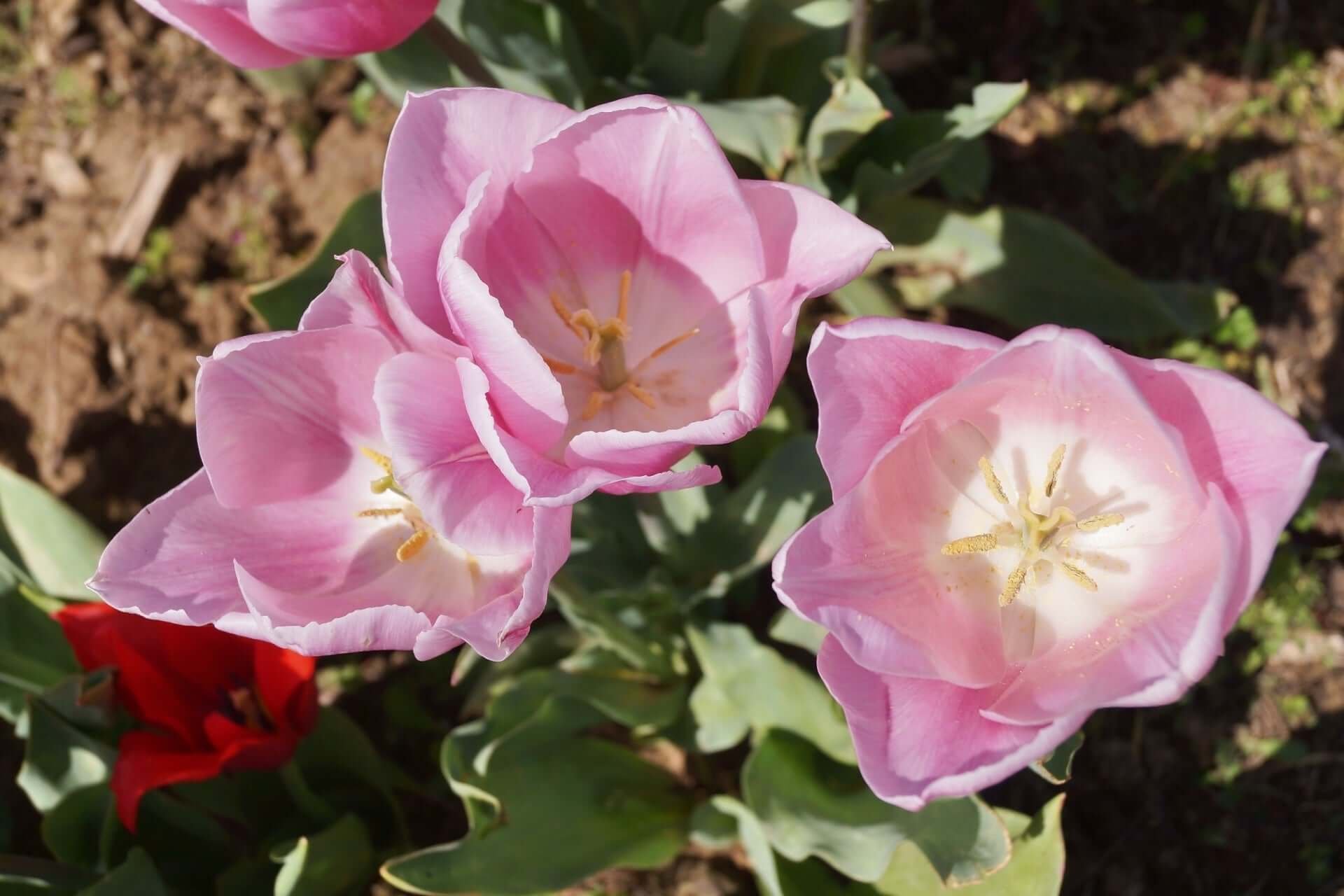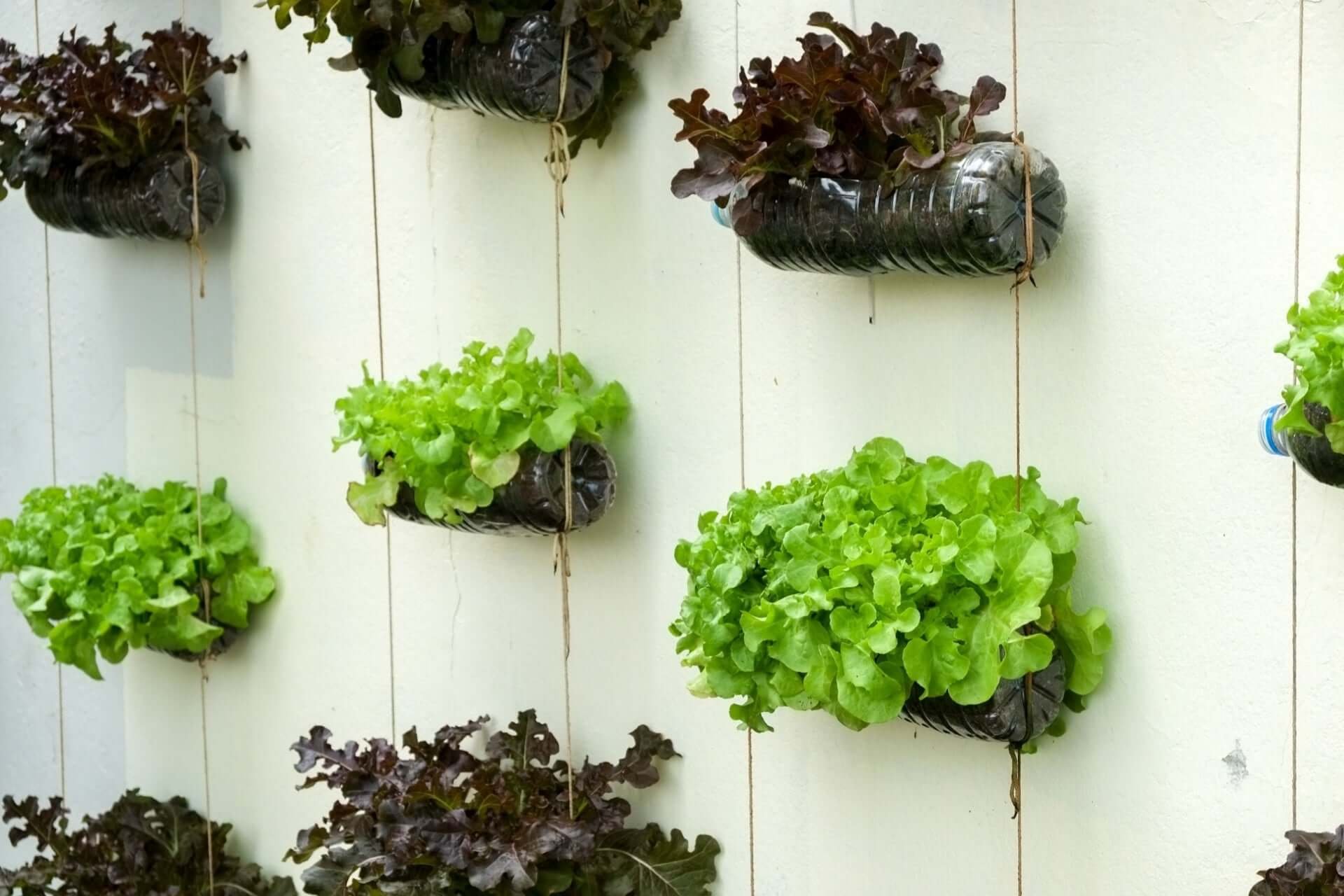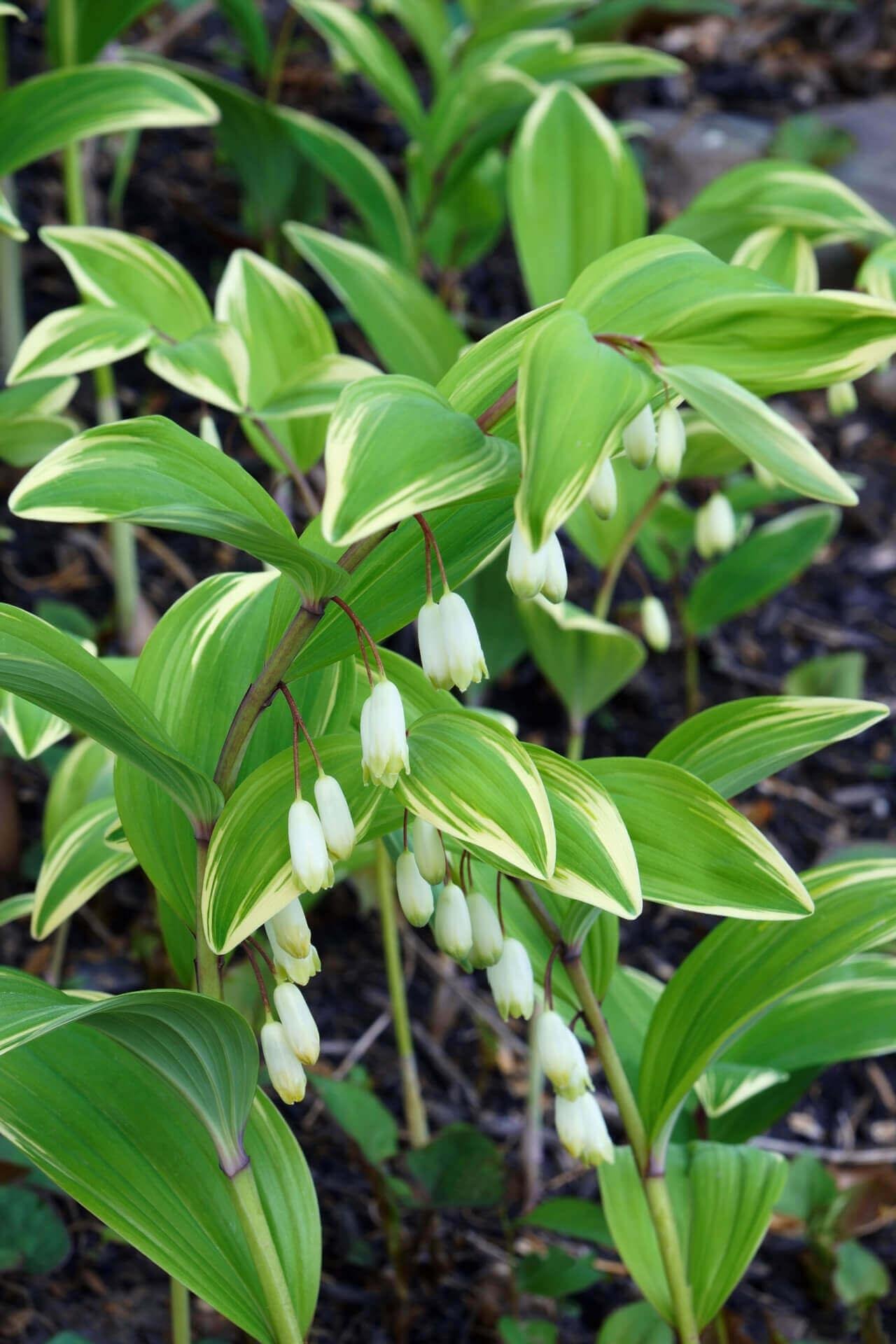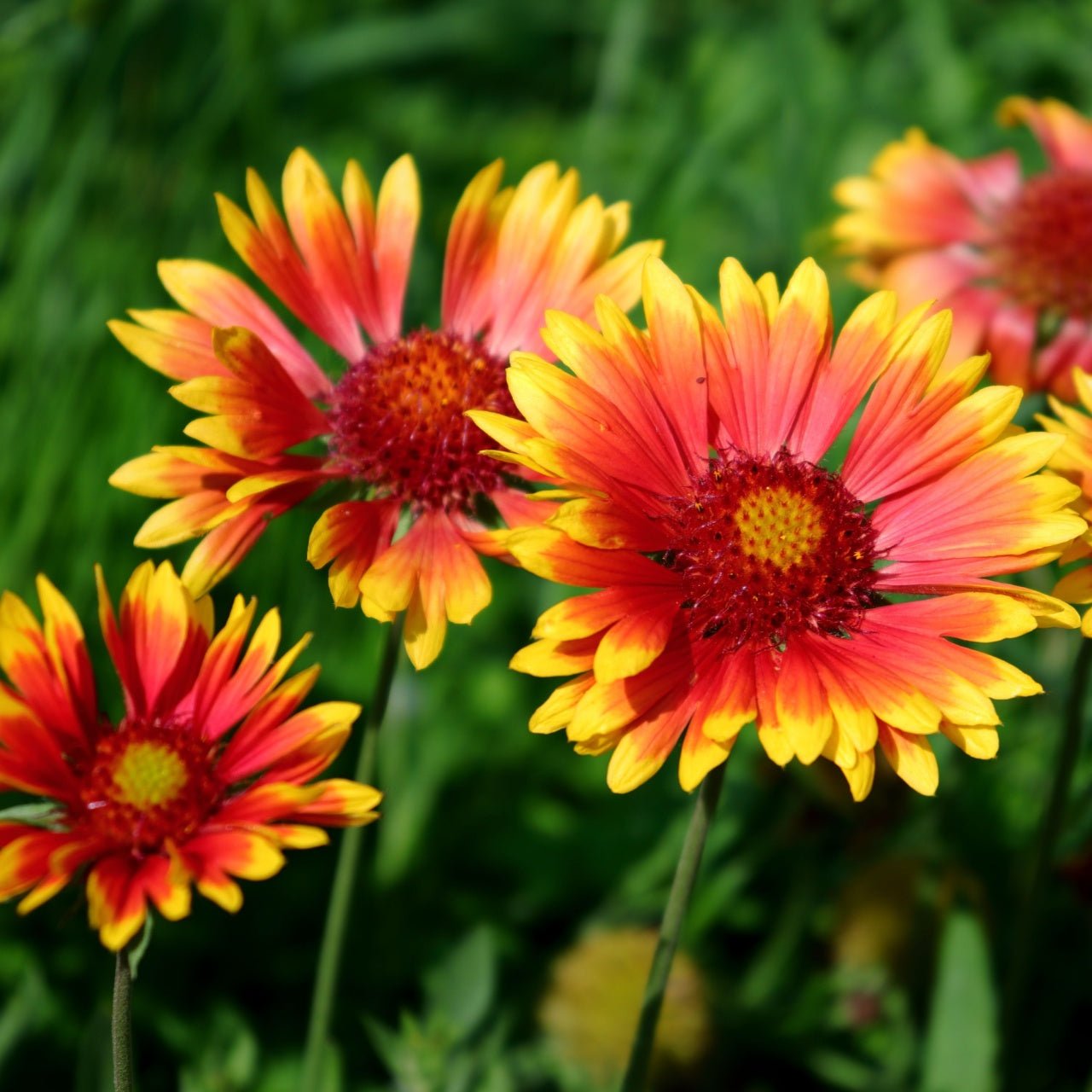Garden furniture builds the core of any garden and makes it a space for unwinding, interacting, or contemplating alone. Comfort and long life are considerations while shopping for furniture but not design. Think teak or wrought iron for a traditional finish, or use weather-resistant wicker or recycled plastic for something contemporary and sustainable.
Choosing furniture and plants that will make the room look better. Think of a nice seat with a fence lined with Hostas for lush green leaves or the blooms of Wisteria Vine in the pergola as a romantic touch. When you have a smaller area, plant potted Virginia Bluebells or Wild Ginger, which are ideal for containers and lend warm, earthy hues to your furniture.
Outdoor furniture doesn't need to be fancy. There can be a quiet place to sit on a bench or even a White Dogwood Tree. Design that is functional and inspired by nature makes your garden a natural part of your home.
Highlighting Plants that Improve Your Garden Furniture's Appeal
Plants are not just an aesthetic addition to a garden-they liven it up and add texture, which goes well with the color of your furniture. For example, Japanese-painted ferns with bright silvery-green leaves are a good option for accenting minimalist furnishings. Their color pops off dark wood or metal furniture.
Grow redbud trees around the dining areas. Their pink blossoms create a picture-perfect scene perfect for picnic lunches. Cushion Moss or Sphagnum Moss can be added as a living table decoration or centerpiece, adding realism and tactile appeal to your dining room décor.
If you have a lounging space, plants that are relaxing, like Lavender, would be great. Its soothing scent helps you relax, and its soft purple color looks great on neutral-colored furniture. Place potted Hista or ajuga near the edge of outdoor sofas to introduce greenery that encloses the space beautifully.
Garden Furniture and Plant Design
Every good garden has different areas for activities like eating, sitting, or partying. Furniture placement makes all the difference in these rooms, but plants give them character and intimacy.
Make a screen from the ferny heights of Giant Ostrich Ferns in a shaded reading area. Stack these with Solomon's Seal Plant to add a light, airy undertone to the thicker fern leaves. A hammock between two River Birch Trees is a perfect place to spend the evening, with the charred bark creating texture.
For an entertainment zone, sectionals or fire pit seating coordinate with colorful, low-maintenance plants; for an extra punch, plant blanket flowers or yarrows and Wild Strawberry Plants nearby for an added touch of frivolity and something sweet for visitors.
You can cover the walkways between garden zones with Lily of the Valley, which has sweet-smelling blooms and an airy appearance. These plants lead visitors and smooth away a walk from one room to the next. Lastly, a statement piece that will be out of place, a redwood tree or weeping willow, can serve as a natural accent plant, shading and enhancing your garden zones.
Bringing The Garden Furniture And Plants All Together
As long as you pair the right furniture with the right plants, you can achieve a functional and beautiful garden. Each furniture object is integrated into the environment, mixed with plants that accent its form and function. Your garden is a paradise, be it a relaxing resting spot or a lively party space.
Read more

Gabriella Plant Gardening is not just a passion; it's the chance to have a healthy, beautiful garden that matches you.

A new trend for those who want greenery but do not have the time to spend on expansive gardens is vertical gardens.





